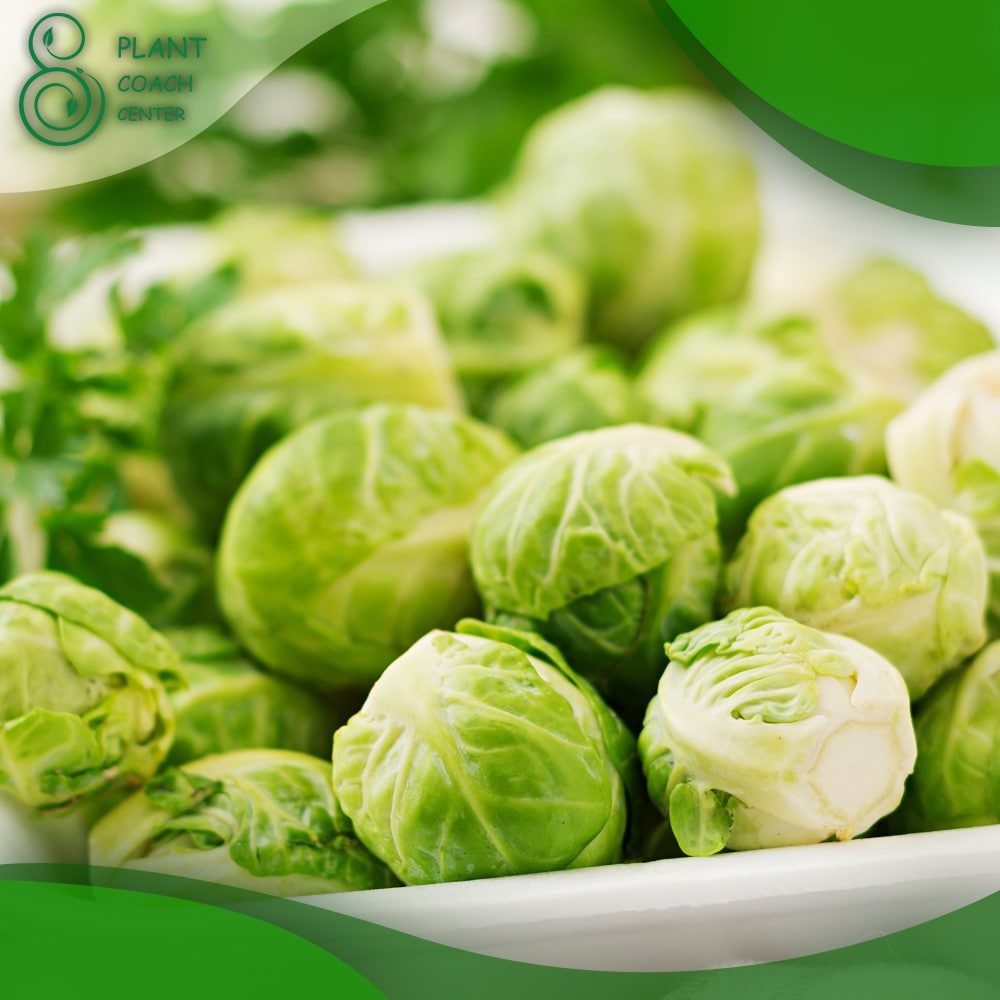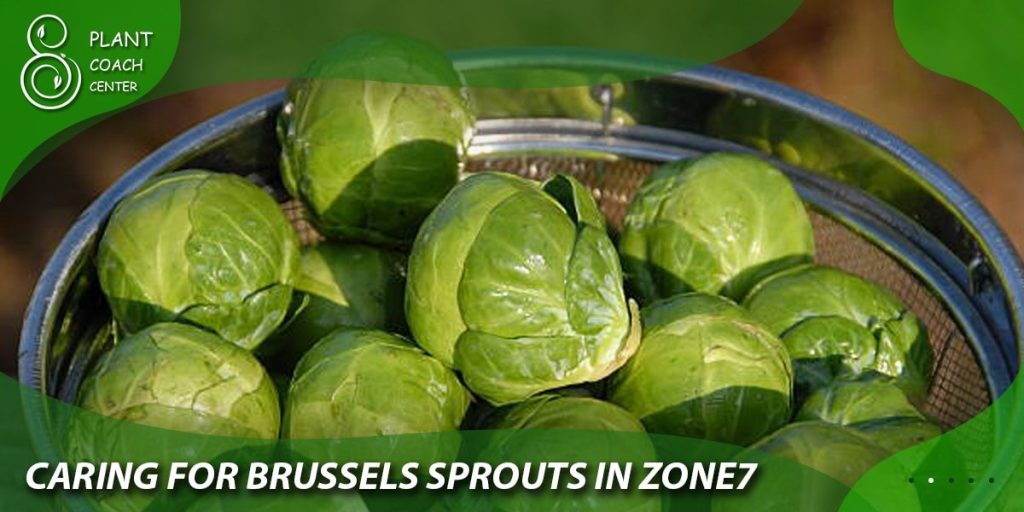When to Plant Brussels Sprouts in Zone 7
Introduction
Brussels sprouts are nutritious and delicious vegetables that require proper timing for planting to ensure a successful harvest. In this comprehensive guide, we will explore the best practices for planting Brussels sprouts in Zone 7, taking into account the unique climate and conditions of the region. Whether you are a seasoned gardener or a beginner, this article will provide you with the knowledge and insights needed to grow thriving Brussels sprout plants in Zone 7. For more valuable resources and information, visit plantcoachcenter.com.
Factors Influencing Brussels Sprouts Planting Time
Ideal Growing Conditions for Brussels Sprouts
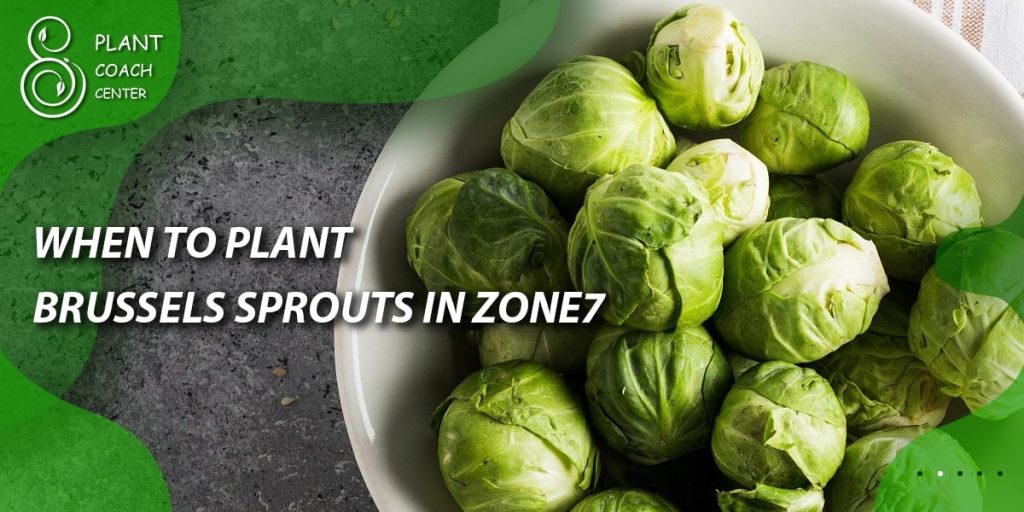
To achieve the best results when planting Brussels sprouts, it’s essential to consider their preferred growing conditions. Brussels sprouts thrive in cool weather, with daytime temperatures ranging between 60°F (15°C) and 70°F (21°C). They require full sun exposure and well-draining soil rich in organic matter.
Temperature and Frost Considerations
Brussels sprouts are cold-tolerant vegetables, but they have different temperature requirements at different stages of growth. Young seedlings are sensitive to frost, so it’s crucial to wait until the danger of frost has passed before transplanting them outdoors. On the other hand, mature plants can withstand light frost, which can even enhance the flavor of the sprouts.
Daylight Length and Photoperiodic Effects
Daylight length, or photoperiod, plays a significant role in the growth and development of Brussels sprouts. These plants require a certain number of hours of daylight to trigger the formation of sprouts. Understanding the relationship between daylight length and the planting time is essential for a bountiful harvest.
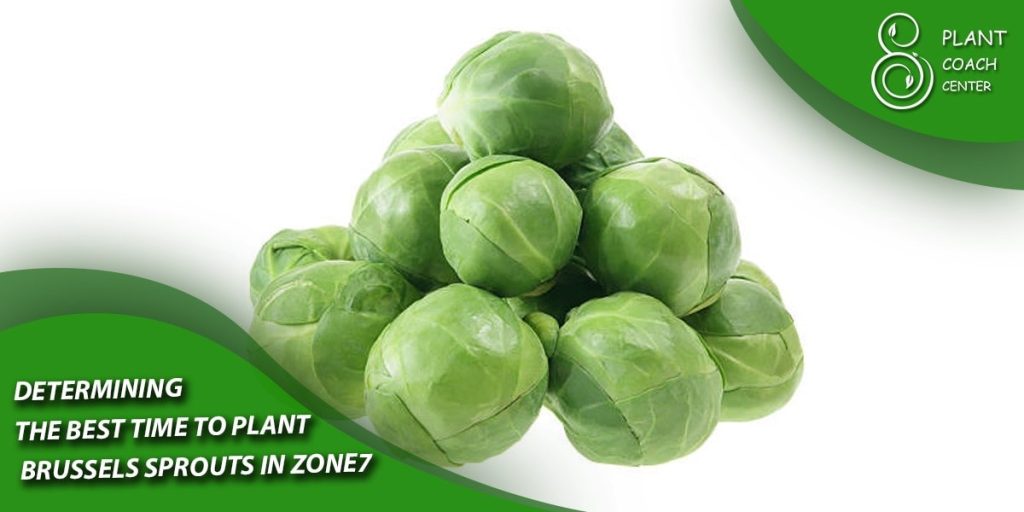
Determining the Best Time to Plant Brussels Sprouts in Zone 7
General Guidelines for Zone 7 Planting
In Zone 7, the planting time for Brussels sprouts can vary depending on the specific location and microclimates within the zone. However, a general guideline is to plant Brussels sprouts in early spring for a summer harvest or in mid- to late summer for a fall harvest. Understanding the advantages and challenges of each season is crucial for making an informed decision.
Seasonal Considerations: Spring, Summer, Fall
Spring planting allows Brussels sprouts to mature during the cooler months, resulting in sweeter-tasting sprouts. However, spring planting brings the challenge of managing potential pest and disease issues, as conditions may be more favorable for their development.
Summer planting offers the advantage of avoiding the pests and diseases that are prevalent in spring. However, high temperatures can negatively impact the growth and quality of Brussels sprouts. Adequate soil moisture and shading are crucial during the hot summer months.
Fall planting is an excellent option for Zone 7, as it allows Brussels sprouts to grow during the cooler months, which enhances their flavor. Additionally, there is a reduced risk of certain pests and diseases. However, timing is critical, as Brussels sprouts need sufficient time to mature before the first frost.
Preparing for Planting Brussels Sprouts in Zone 7
Selecting Suitable Varieties for Zone 7
When choosing Brussels sprout varieties for Zone 7, it’s important to select those with a shorter growing season to ensure successful maturation before the arrival of frost. Some recommended varieties for Zone 7 include ‘Long Island Improved,’ ‘Jade Cross,’ and ‘Diablo.’
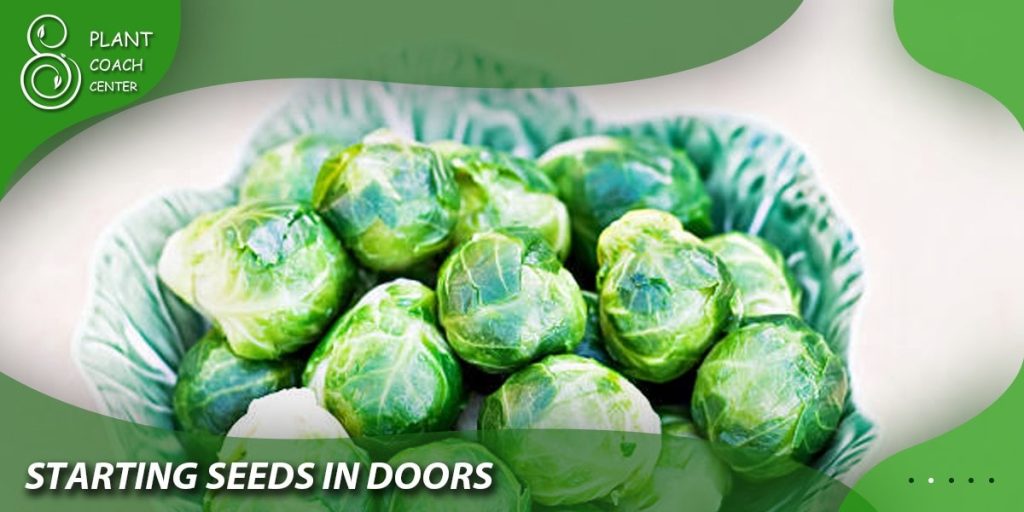
Starting Seeds Indoors: Timing and Techniques
Starting Brussels sprout seeds indoors allows for better control over the growing conditions and earlier planting. Begin sowing seeds indoors around 6-8 weeks before the intended transplanting date. Use a high-quality seed starting mix, provide adequate light, and maintain proper moisture levels for healthy seedling development.
Soil Preparation and Amendments
Brussels sprouts thrive in well-draining soil rich in organic matter. Before planting, prepare the soil by removing weeds and loosening it with a garden fork or tiller. Incorporate compost or well-rotted manure to improve soil fertility and structure.
Providing Adequate Drainage
Proper drainage is crucial for Brussels sprouts, as they are susceptible to root rot in waterlogged soil. Ensure that the planting site has good drainage by amending heavy clay soil with organic matter or creating raised beds. Avoid planting in low-lying areas where water tends to accumulate.
Planting Brussels Sprouts in Zone 7
Transplanting Seedlings Outdoors
Once the seedlings have grown to a suitable size and the danger of frost has passed, it’s time to transplant them outdoors. Prepare the planting holes, spacing them according to the variety’s requirements. Gently remove the seedlings from their containers, being careful not to damage the roots, and plant them at the same depth as they were in the containers.
Spacing and Companion Planting Tips
Brussels sprouts require adequate spacing to allow air circulation and proper growth. Space the plants 24-36 inches apart, depending on the variety. Consider companion planting with herbs like thyme or oregano to deter pests and enhance the flavor of the sprouts.
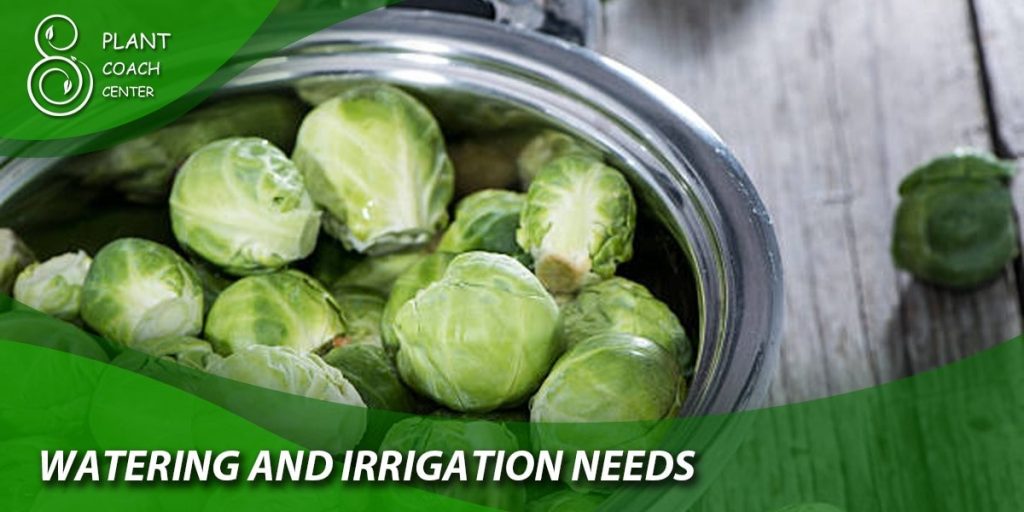
Watering and Irrigation Needs
Consistent moisture is essential for Brussels sprouts, especially during dry periods. Water deeply and regularly, ensuring that the soil remains evenly moist but not waterlogged. Mulching around the plants can help retain soil moisture and suppress weed growth.
Mulching for Moisture Retention and Weed Control
Apply a layer of organic mulch, such as straw or shredded leaves, around the base of the Brussels sprout plants. Mulching helps retain soil moisture, regulate soil temperature, and suppress weed growth, reducing competition for nutrients.
Caring for Brussels Sprouts in Zone 7
Fertilization and Nutrient Requirements
Brussels sprouts are heavy feeders and require regular fertilization to ensure healthy growth. Prior to planting, incorporate a balanced fertilizer into the soil. Throughout the growing season, provide additional nitrogen-rich fertilizers or organic amendments to support vigorous plant development.
Pest and Disease Management
Brussels sprouts are susceptible to various pests and diseases, including aphids, cabbage worms, flea beetles, clubroot, and powdery mildew. Implement integrated pest management strategies, such as handpicking pests, using row covers, and applying organic insecticides when necessary. Maintain proper plant spacing and promote good airflow to reduce disease incidence.
Pruning and Supporting Brussels Sprout Plants
As Brussels sprouts grow, they may require some maintenance to promote optimal growth. Remove any yellowing or damaged leaves to improve airflow and reduce the risk of disease. Tall varieties may need staking or support to prevent them from toppling over during strong winds or heavy rain.
Monitoring for Common Growth Issues
Regularly inspect your Brussels sprout plants for signs of common growth issues such as nutrient deficiencies, wilting, yellowing leaves, or stunted growth. Promptly address any issues by adjusting fertilization, watering, or implementing appropriate pest and disease control measures.
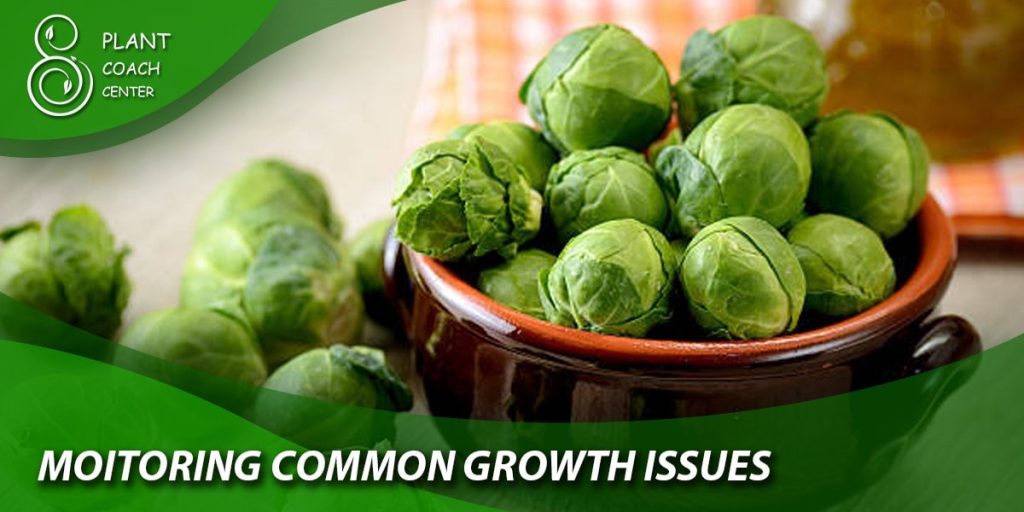
Conclusion
Successfully growing Brussels sprouts in Zone 7 requires careful consideration of various factors, including climate conditions, planting time, soil preparation, and proper care throughout the growing season. By understanding the specific needs of Brussels sprouts and adapting them to the unique characteristics of Zone 7, gardeners can enjoy a bountiful harvest of nutritious and flavorful sprouts.
Can Brussels sprouts tolerate frost in Zone 7?
Yes, Brussels sprouts can tolerate light frost but may require protection during severe freezes.
How long does it take Brussels sprouts to grow in Zone 7?
Brussels sprouts typically take around 90-100 days to reach maturity in Zone 7.
Can I grow Brussels sprouts in containers in Zone 7?
Yes, Brussels sprouts can be grown in containers as long as they have sufficient space and proper care.
Should I remove lower leaves from Brussels sprout plants?
It is recommended to remove lower leaves as the plant grows to improve airflow and prevent disease.
What are common pests and diseases that affect Brussels sprouts in Zone 7?
Common pests include aphids, cabbage worms, and flea beetles. Diseases like clubroot and powdery mildew can also occur.
Can I save Brussels sprout seeds for future planting?
Yes, you can save Brussels sprout seeds, ensuring they are fully dried before storing them in a cool, dry place.


